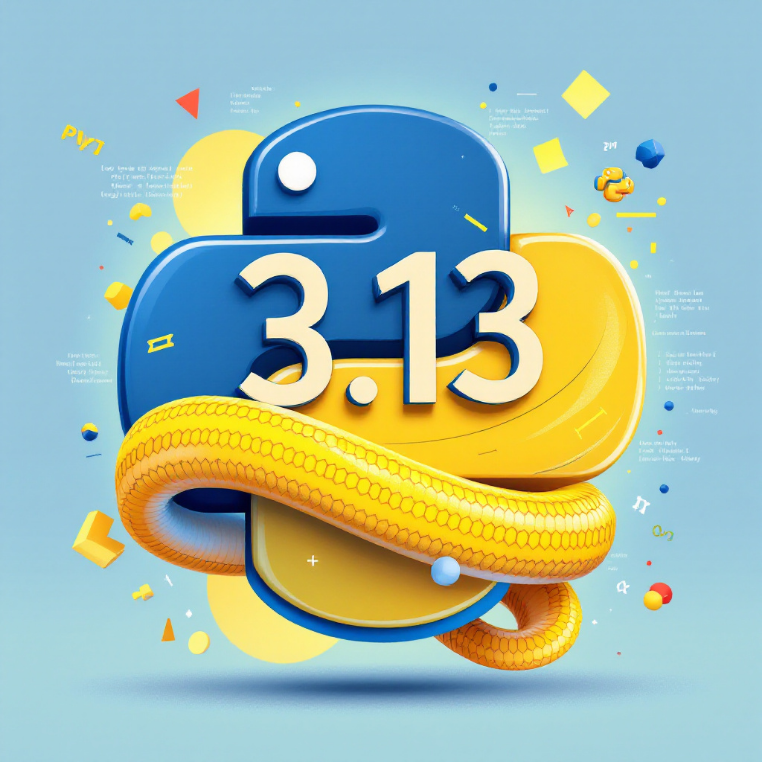Python 3.13: What's New and Exciting?

Python 3.13 has arrived, bringing with it a host of improvements and new features. While there's no major syntax change in this release, the updates focus on enhancing performance, improving developer experience, and setting the stage for future advancements. Let's dive into the key highlights of this release.
Enhanced Interactive Interpreter
One of the most noticeable improvements is the significantly enhanced interactive interpreter. It now features:
- Colored output for better readability
- Improved error messages with helpful suggestions
- Direct support for REPL-specific commands like 'help' and 'exit' without needing parentheses
These changes make the Python interactive environment more user-friendly and informative, especially for beginners and during debugging sessions.
Updates to Standard Library Modules
Several standard library modules have received updates:
- The
mathmodule now includes a fused multiply-add (FMA) operation for more precise floating-point calculations. - The
remodule has renamed its error toPatternErrorfor clarity. - The
pathlibmodule can now create path objects from file URI identifiers. - The
typingmodule introduced a read-only structure for typed dictionaries.
Improved Garbage Collection
The generational garbage collector in Python 3.13 has become incremental, potentially reducing maximum pause times for larger heaps. This change aims to improve performance, especially for applications dealing with substantial amounts of data.
Experimental Just-In-Time Compiler
When configured with the experimental GIL-enabled option, CPython now includes a just-in-time (JIT) compiler. While not ready for production use, this lays the groundwork for potential future performance improvements.
iOS Support and Android in Progress
iOS is now an officially supported platform, ensuring Python runs efficiently and reliably on iPhones and iPads. Official Android support is also in the works, expanding Python's reach in the mobile development world.
The Big News: GIL-free Python
Perhaps the most significant change in Python 3.13 is the introduction of a GIL-free version of CPython. When configured with the no-GIL option at build time, CPython can run without the Global Interpreter Lock. This experimental feature allows for true parallel execution of threads, potentially offering significant performance improvements for multi-threaded applications on multi-core systems.
However, it's important to note that:
- This feature is experimental and not enabled by default.
- While multi-threaded performance improves, single-threaded performance may slightly decrease.
- Not all programs will automatically benefit from this change; code needs to be designed with parallelism in mind.
Looking Ahead
These changes in Python 3.13 represent ongoing efforts to make the language more flexible, performant, and future-proof. While some improvements may seem incremental, they lay important groundwork for future enhancements.
As we look forward to Python 3.14, it will be exciting to see how these foundations are built upon, particularly in areas like the JIT compiler and GIL-free execution.
Created on Oct. 11, 2024, 9:30 p.m.